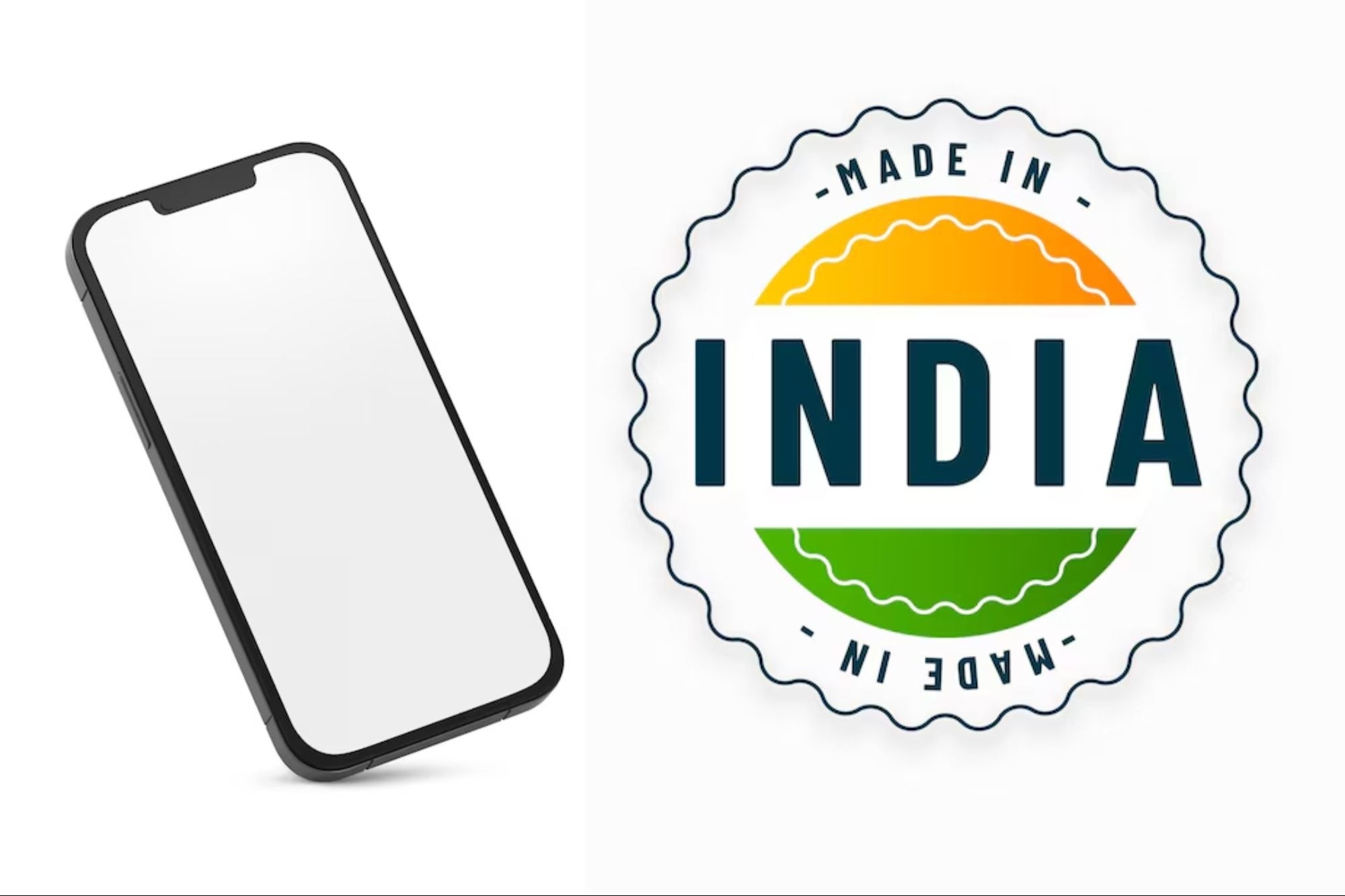India To Remain the 'Apple' Of Apple's Eye: Analysts Explain Due to lack of supply chain, skilled labor, and high cost of manufacturing in the US, the price of an iPhone would be almost 8 to10 times more, if manufactured in the US compared with India
Opinions expressed by BIZ Experiences contributors are their own.
You're reading BIZ Experiences India, an international franchise of BIZ Experiences Media.

Amid geopolitical tensions and ongoing tariff truce, Apple is quietly mapping its global manufacturing outlook. India takes centre stage as an undeterred CEO Tim Cook – despite warnings from President Donald Trump to slap 25 percent import duty on sales of Indian-assembled iPhones in the US – refuses to back down. At least the numbers tell us so. Shipments of iPhones from India to the U.S. rose 76 percent in April 2025, year on year, estimates from Canalys, a technology market analyst firm shows. The surge comes as Apple accelerates its "Made in India" plans. This is not a standalone instance. According to S&P Global Market Intelligence, 81.9 percent of iPhones exported from India between December 2024 and February 2025 were shipped to the U.S. In March 2025, that figure jumped to 97.6 percent following a 219 percent jump in exports – a result of Apple expediting shipments ahead of expected U.S. tariffs. This comes as Apple reroutes its supply chain away from China due to ongoing tariff war. The iPhones imported from China under Trump's current term, still face tariffs of additional 30 percent of duties, while the baseline tariff rate is currently 10 percent for India.
As part of diversifying the supply chain away from China, in early May, during Apple's earnings call, CEO Tim Cook confirmed that India will be the country of origin for most iPhones sold in the US in the June quarter. Not only in the quarter, but going forward, Apple looks to deliver most of its iPhone demands from India. The country could produce nearly $40 billion worth of iPhones by value in FY26, with 80 percent of that output intended for export to the US.
However, this ambition is in the ire of US President Donald Trump. Speaking at a business event in Doha, Trump mentioned, he told Apple CEO Tim Cook to stop producing iPhones in India. Trump reiterated the same a week back, when he threatened to slap a 25 percent tariff if India assembled iPhones are exported to the US. The President insists on building and manufacturing iPhones in the US. Will Trump's pressure on Apple jeopardize India's ambition? "It took Apple a decade or more to build a manufacturing ecosystem in China and almost six to seven years for India, which is still not as mature as China. To manufacture phones away from Asia– where the bulk of the Apple supply chain resides – and moving to the US is futile," said Neil Shah, industry analyst & co-founder at Counterpoint Research.
Apple's biggest supply chain is in China and diversification beyond China is the first goal. The only market which is closest to that is India. India has significantly ramped up its local smartphone production for almost a decade now, making it the top choice for manufacturing outside of China. Both India and China, along with the USA, are the largest smartphone consumption markets globally by shipments. "Even with subsidies from the US government for establishing manufacturing facilities and infrastructure, the initial two to three years of production in the USA will likely incur higher costs. These costs are expected to gradually decrease over time. Until then, a notable price difference will persist for iPhones manufactured in India/China, and the USA," said Upasana Joshi, principal analyst, mobile phone, smart wearable, at IDC India.
Sharing a similar opinion, Shah explained, "The tariff threats or higher duties will not make Apple shift manufacturing to the US. Due to lack of supply chain, skilled labor, and high cost of manufacturing, the price would be almost 8 to 10 times more. The logistics will be almost 1.5 times costlier to import components from Asia. This is not practically possible in near to mid-term future, and in future if it does, iPhones will be costlier for American consumers almost similar to the tariff US would put on importing iPhones."
Despite India's decade-long efforts to boost manufacturing with a skilled, affordable workforce and government incentives like PLI schemes, the production costs still haven't matched China's. "This is largely because we still rely heavily on importing key components, even though we now meet local demand and export devices. iPhones will continue to be manufactured in India – both for local and global consumption," Joshi added.
Today, Apple produces around 16 to 17 percent of their global demand for iPhones in India. Apple registered the highest year-on-year (YoY) growth of 23 percent amongst the top five brands, shipping a first-quarter record of three million units in 1Q25. iPhone 16 was the highest shipped model, accounting for 4 percent of overall India shipments during the quarter, according to an IDC report. Recently, Foxconn stated it will invest $1.49 billion in one of its Indian subsidiaries, Yuzhan Technologies (India) Pvt Ltd. The new facility is expected to be established in Tamil Nadu, where Foxconn already operates a large iPhone production unit. Experts view this as a strategic move to boost iPhone ecosystem in India.













